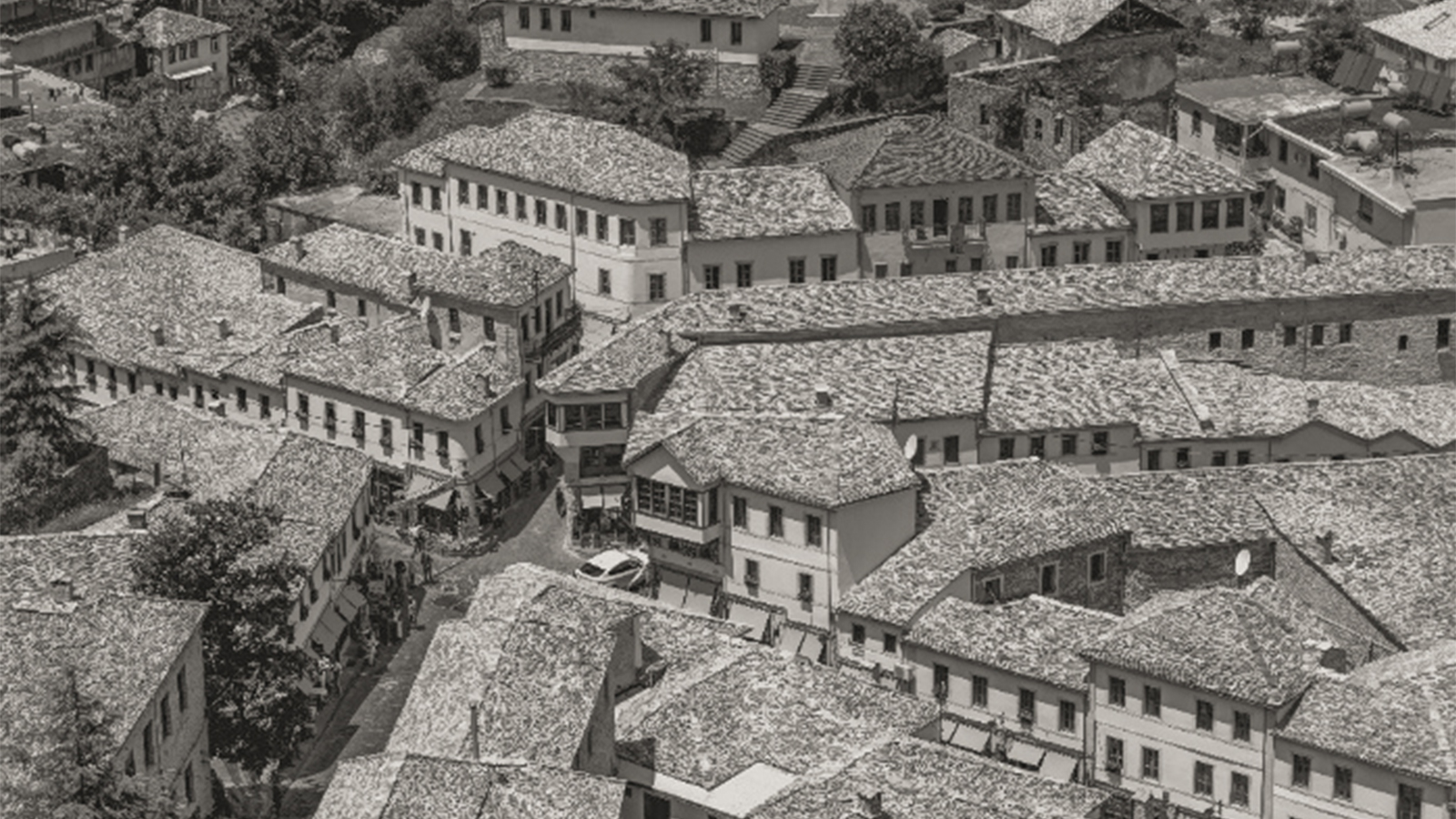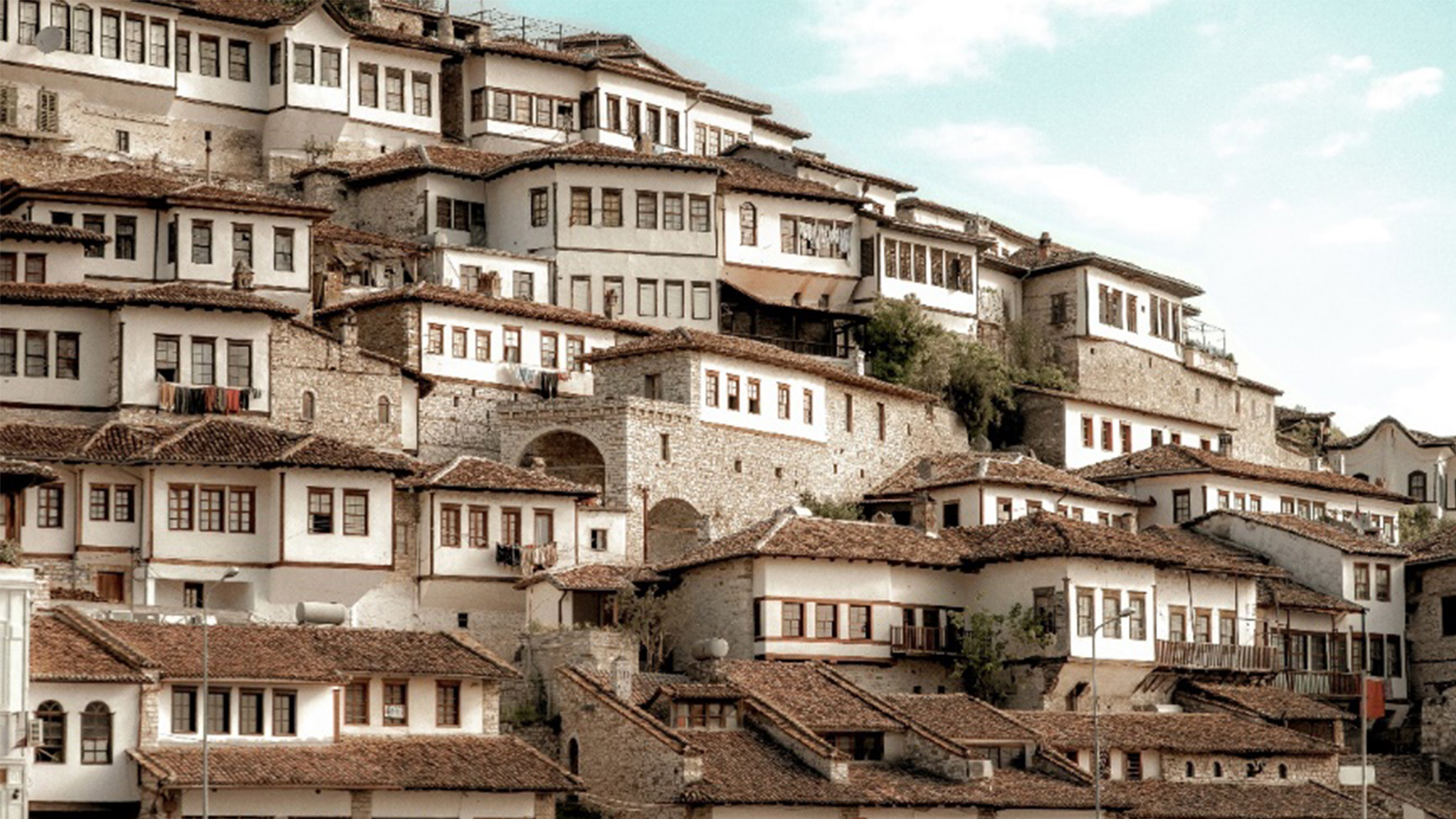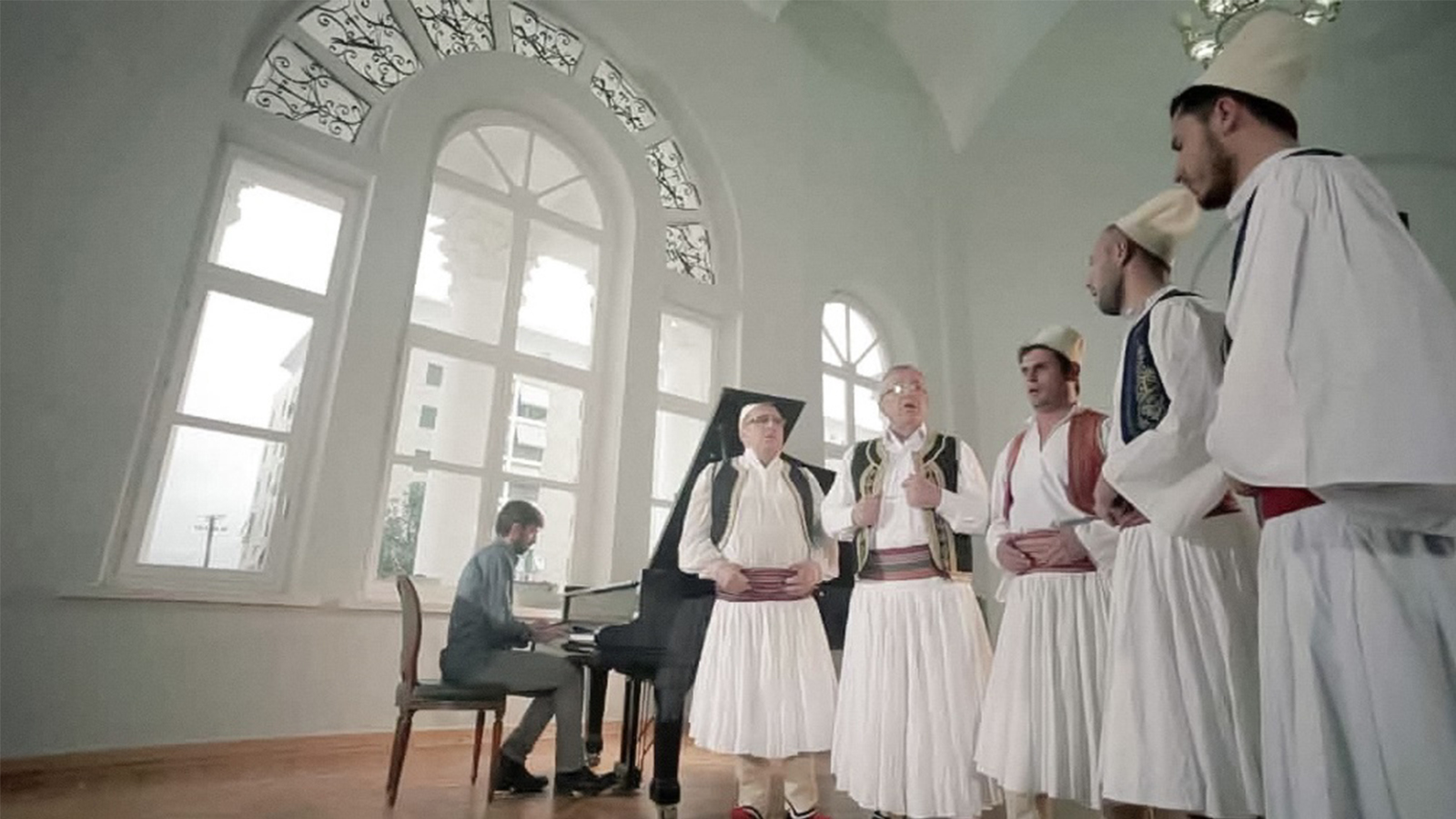MEDITERRANEAN
The Mediterranean has awakened interest and passion, qualities that define an idea, a manner, a world. The geographical location, the Mediterranean climate, and the constantly shifting scenery at all seasons provide tourists with the opportunity to experience every day of the year, always providing its full potential. The sandy and pebbly beaches, and the multitude of mountains covered in green, are Albania’s welcoming invitation and a guide to the alpine heights. Anyone who visits, can see and experience history, the past, cultures, and traditions all at once.
ALBANIA
Albania has a unique cultural and historical heritage; it’s praised for its tasteful gastronomy and is also known for the richness of its natural scenery and intact coastline. The country is blossoming but still remains an unexplored gem full of possibilities. Aiming for integration into the European Union, Albania is the ideal place to build the future you always imagined. Albania benefits from a delightful Mediterranean climate, graced by a refreshing salty breeze and more than 300 sunny days annually. The winters along the Ionian and Adriatic coasts are mild, while the summers feel like a surreal paradise. This exquisite environment is ideal for experiencing the country’s heavenly beaches and enchanting natural treasures, which invite you to immerse yourself in their splendor all year.
UNIQUE ALBANIAN RIVIERA
The unicity of the Albanian Riviera starts with the beach of Green Coast from where you can continue the journey discovering a 450 km long coastline and over 120 beaches in Albania. The Delta of Palasa, located near one of the region’s most distinctive landmarks, is also known as the site where the sea and mountains blend to make the region’s most magical coast. Palasa has a history that extends over a thousand years BC. In 48 B.C, Julius Caesar, while in pursuit of Pompey, docked his ship and allowed his legion to rest in Palasa. This event has led to the local coastline being known as Caesar Beach. Along the southern coast, Palasa is the first point of touch with the Albanian Mediterranean, where you can experience every dimension of nature and life.
UNESCO HERITAGE
BUTRINT NATIONAL PARK
No local or foreign visitor can escape the enchantment of the beauty and tranquility offered by the Butrint National Park, located 20 km away from Saranda, where unspoiled nature surrounds its ancient ruins like a shield. Butrint National Park is one of Albania’s most important archaeological, environmental, tourist, and historical-cultural heritage areas. Butrint’s old city is a very uncommon combination of archaeology and environment. Although archaeological work has never been completed, it is thought that what we see today represents only a fifth of what lies underneath. Butrint is now an architectural complex with 15 zones dating from the fourth century BC to the sixteenth century AD. Kings, conquerors, princes, thinkers, archaeologists, and historians have discovered a symphony of human history in the city’s ruins. In 1992, the Butrint National Park was designated a UNESCO World Heritage Site.

GJIROKASTRA MUSEUM CITY
Transformed into a tourist attraction by the Albanian state in 1961 and listed as a UNESCO World Heritage Site in 2005, Gjirokastra is situated on such a steep hill. According to Kadare, “this is the only place in the world where if a person fell off the side of the road, instead of falling into a ditch, they would fall onto the roof of another house.” With its stunning panoramic view of the Drino Valley, Gjirokastra’s narrow streets serve as a testament to life in the 14th to 19th centuries.

BERAT MUSEUM CITY
Declared a museum city in 1961 and one of the UNESCO World Heritage sites in 2008, Berat and its numerous monuments are a living testimony of Albania’s unique artistic, cultural and historical heritage. Berat is well known for its fortress with 17 churches, for hundred-year-old mosques, museums and painted collections of frescoes.

ISO POLYPHONY
Since 2005, “Albanian folk iso-polyphony” has been added to UNESCO’s list of “Masterpieces of the Oral and Intangible Heritage of Humanity” as a unique heritage that cannot be found anywhere else in the world. Polyphony, the spirit of a distinct personality and spiritual wealth, remains an unfathomable rainbow.

ALBANIAN XHUBLETA
The Xhubleta is a handwoven garment worn by women and girls in northern Albania that is distinguished by its wavy bell-shaped form. It was recently designated as a UNESCO World Heritage Site. The preparation of the cloth, cutting, sewing, and embroidery of symbolic symbols are all part of the process, which is mostly black with rainbow embroidered designs.
WHY TO INVEST IN ALBANIA?
Investing in Albania offers numerous advantages. The country’s aspirations for EU integration promise potential boosts in foreign investment, economic growth, and property value. Strategically located with access to key European and Balkan markets, Albania benefits from enhanced infrastructure and connectivity, such as the new international airports and major road projects. Economic growth has been steady, and the booming tourism sector presents opportunities in vacation rentals and hotels. Albania’s real estate market remains highly affordable compared to other European countries, with low property taxes and no additional fees on second homes. Furthermore, rising demand for housing and office spaces ensures a lucrative potential for rental income and a quick return on investment.

| EU Integration within 5 years |
Strategic Location Access to major markets in Europe and the Balkans Proximity to European Union |
| Economic Growth GDP 2023: 3.8% increase |
Infrastructure Development Llogara Tunel Vlora International Airport Vlora Bypass Vlora Marina |
| Tourist Boom 2023 10 mln 2024 expected 15 mln |
Affordability Affordable cost of living Lowest property taxes in EU 0 tax for second property |
| Rental Income Potential 6-12% ROI |
|






